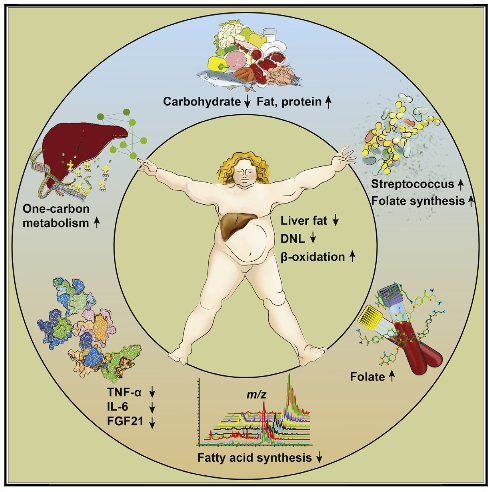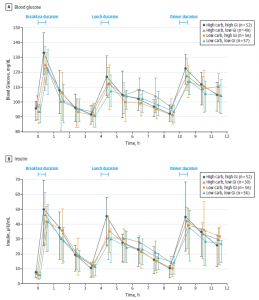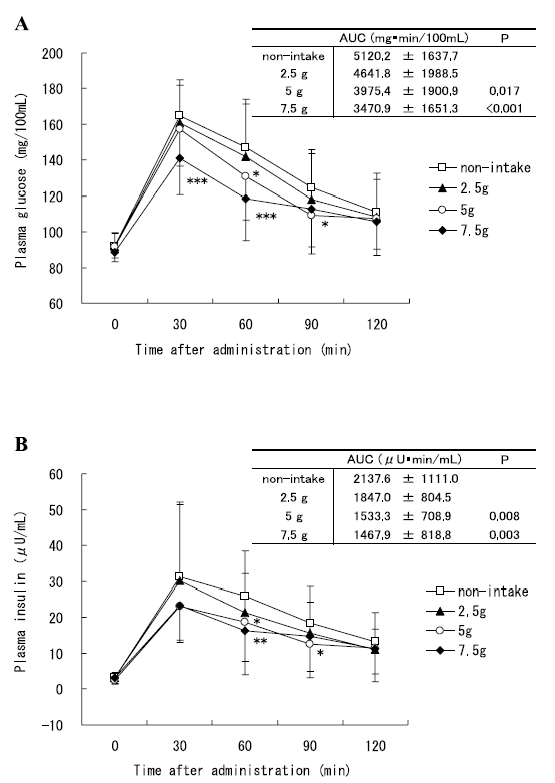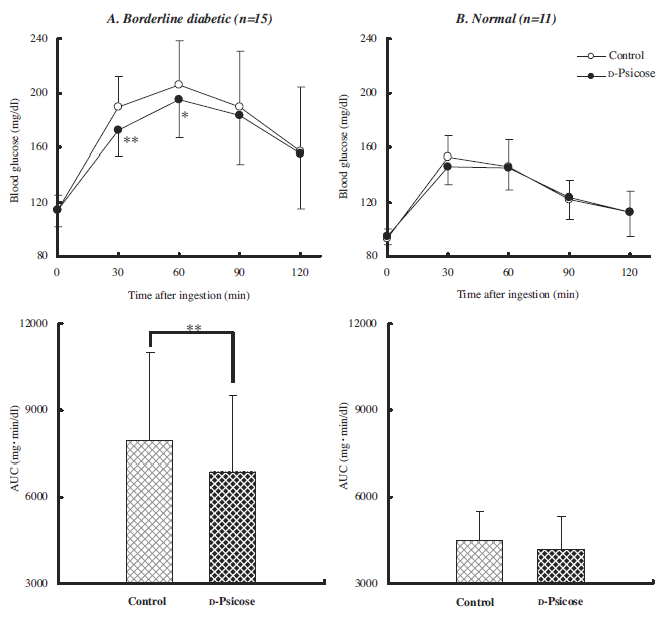So Twitter got supermad when I said the human studies on intermittent fasting are not compelling. Not the anecdotes or n=1’s. The actual human studies.
And instead of “not compelling,” I may have said “nothingsauce.”
Hilarity ensued. I was bombarded with
ALL.
THE.
ANECDOTES.
[Patron link]
Someone was kind enough to send me all the proof that I was wrong. Here are the 5 non-Varady studies, reviewed.
Tl;dr: as long as you’re not eating like a child, “Eating > not eating. QED.”
Alternate day calorie restriction (ADCR) improves clinical findings and reduces markers of oxidative stress and inflammation in overweight adults with moderate asthma (Johnson et al., 2006)
Study design: n=10, 8 weeks, NO CONTROL GROUP. Every other day they ate 20% of normal and ad lib the other days. This would’ve been much cooler if they included a 40% caloric restriction and weight maintenance (WM) control groups. The former to see if ADCR was superior to a similar reduction in energy intake and the latter because people behave differently when their being observed (regardless of which group they’re in) (few studies include a WM control group).
Result: body weight declined by 8%. Is that worth having nothing but a snack every other day? How about compared to 40% CR? Nothingsauce?
Oh yeah, uric acid increased and BDNF decreased. So, gout, kidney stones, and cognitive deterioration. Yummy nothingsauce.

The effects of modified alternate-day fasting diet on weight loss and CAD risk factors in overweight and obese women (Eshghinia et al., 2013)
Study design: similar to the above, and also lacking a control group.
Result: BW declined by 7%.
Critique: same. No control group. Would this have been better than CR or anything else? They basically just say “it’s relatively safe;” but it’s not, really… and some forms of intermittent fasting can have harmful side effects.

For the rest of this article (including some LOLZ & facepalming), head over to Patreon! It gets better (or worse, depending on how you look at it): metabolic mayhem, rebound hyperglycemia, some circadian chicanery #eTRF, and much more.
And stay tuned: since BDNF actually declined in the Johnson study, I’m following up with a review of intermittent fasting vs. various aspects of cognition, memory, mood, sleep, etc.
On Patreon, five bucks a month gets you full access. It’s ad-free and you can cancel if it sucks 🙂
UPDATED Affiliate links: still looking for a pair of hot blue blockers? Carbonshade and TrueDark are offering 15% off with the coupon code LAGAKOS and Spectra479 is offering 15% off HERE.
If you have no idea what I’m talking about, read this then this.
20% off some delish stocks and broths from Kettle and Fire HERE.
If you want the benefits of ‘shrooms but don’t like eating them, Real Mushrooms makes great extracts. 10% off with coupon code LAGAKOS. I recommend Lion’s Mane for the brain and Reishi for everything else.
Join Earn.com with this link.
calories proper
Become a Patron!














